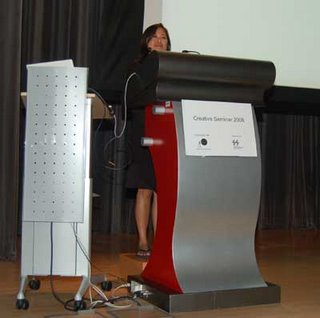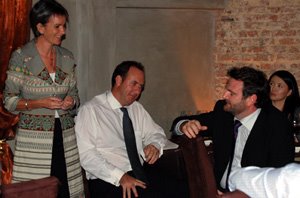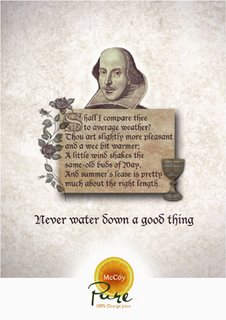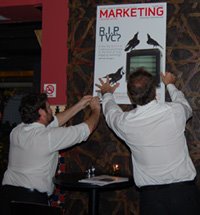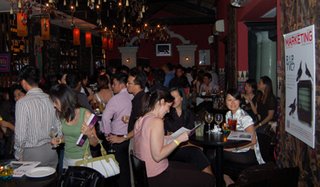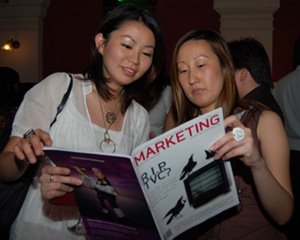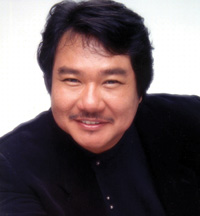While Singapore advertising professionals talk a lot about creativity and spend significant amounts of time and money chasing awards, they seem to have forgotten that advertising is one of the pillars of brand building and a few posts ago I pointed to advertising also being a force in culture building.
I had tea with the grandfather of advertising and the man behind the Singapore Girl concept Ian Batey in November and if you ever have the chance to meet him, I recommend shutting up and listening.
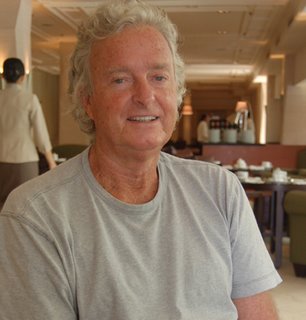 He says there’s quite a number of opportunities not leveraged in the area of building a strong global brand – two of those that have the potential are Tiger Balm and Tiger Beer – but there hasn’t really been a significant development in the last five years, “what’s gonna happen over the next five years, will we see a surge?”, he asks.
He says there’s quite a number of opportunities not leveraged in the area of building a strong global brand – two of those that have the potential are Tiger Balm and Tiger Beer – but there hasn’t really been a significant development in the last five years, “what’s gonna happen over the next five years, will we see a surge?”, he asks.Singapore needs more classy brands to take to the world stage. We seriously need to catch up with the Koreas and the Japanese who have for decades built successful, recognisable global businesses such as LG and Sony and made a name for Asia.
I’d like to report more on Ian’s views on advertising – we spoke for over two hours – but it’s been a long year and I’m looking forward to a break for these next two weeks. I’ll definitely come back to share more insights from our conversation in a short while.
In the meantime, Merry Christmas and a Happy New Year!























